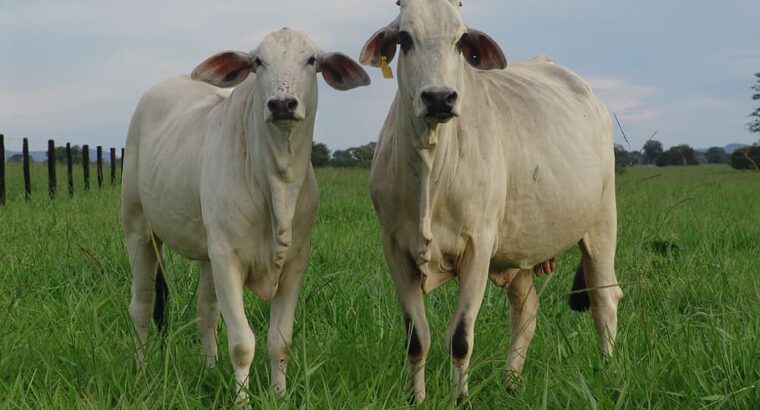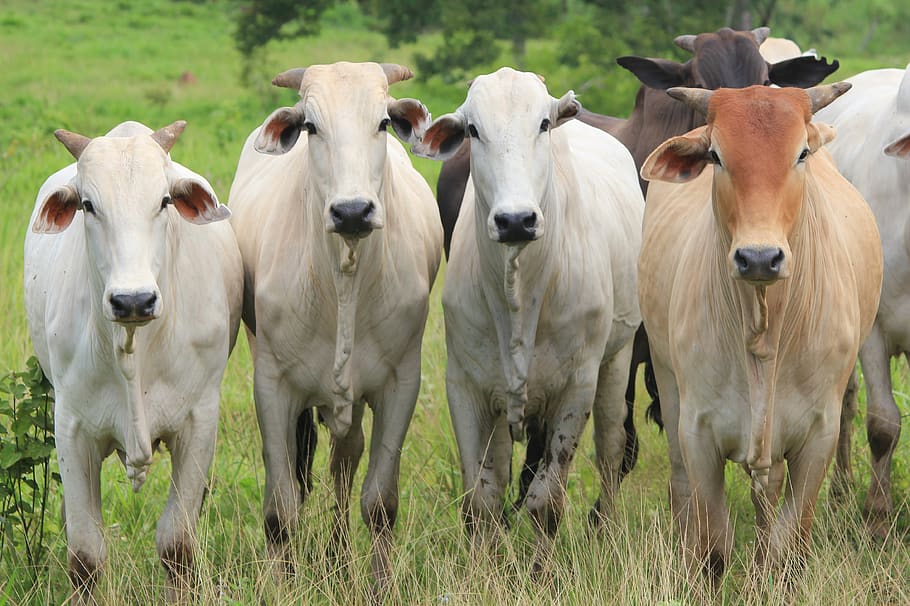Cattle Rearing in Nigeria for Beginners: How to Start and Succeed

Cattle rearing, also known as cattle farming, is a rewarding and profitable venture that provides meat, milk, leather, and other by-products. In Nigeria, cattle farming plays a significant role in the economy, providing employment opportunities and contributing to food security. Whether you are looking to start a small-scale farm or a large commercial operation, this guide will take you through the essential steps, strategies, and financial considerations necessary to succeed in the cattle industry in Nigeria.
Step 1: Understanding Cattle Farming in Nigeria
Before diving into cattle rearing, it is crucial to understand the various aspects of the business.
Types of Cattle Farming
- Dairy Farming – Focuses on milk production, which is in high demand in Nigeria.
- Beef Cattle Farming – Rearing cattle for meat production, a lucrative business due to Nigeria’s large population.
- Dual-Purpose Farming – Producing both milk and meat.
- Breeding and Genetics – Raising cattle for breeding purposes, which can help improve local breeds.
Benefits of Cattle Farming in Nigeria
- High demand for meat and dairy products due to a growing population.
- A source of employment and income generation.
- Utilization of vast grazing lands, particularly in northern Nigeria.
- Contribution to food security and economic growth.
Step 2: Choosing the Right Cattle Breed for Nigeria
Selecting the right breed is essential to the success of your farm.
Popular Dairy Breeds in Nigeria
- Friesian – High milk yield but requires intensive care.
- Jersey – Produces milk rich in butterfat, making it ideal for dairy products.
- White Fulani – Indigenous breed, resilient and adaptable to Nigerian weather.
Popular Beef Breeds in Nigeria
- Sokoto Gudali – Hardy and produces high-quality meat.
- Red Bororo – Well-adapted to the dry climate and produces lean meat.
- Ndama – Resistant to diseases, making it a great choice for Nigerian farmers.
Dual-Purpose Breeds
- Muturu – Small-sized but highly adaptable and produces both milk and meat.
- Sahiwal – Known for good milk yield and beef quality.
Step 3: Setting Up Your Cattle Farm in Nigeria
Proper planning and investment are needed to create an efficient cattle farm.
Land and Location
- Choose land in regions with sufficient grazing areas such as the North.
- Ensure access to clean water sources, such as rivers or boreholes.
- Good road network for easy transportation of products to markets.
Housing and Facilities
- Shelters – Protect cattle from excessive heat and rain.
- Fencing – Prevents cattle from wandering off.
- Feeding Stations – Ensures proper nutrition and minimizes waste.
- Milking Areas – Essential for dairy farms to maintain hygiene.
Equipment Needed
- Water and feed troughs.
- Veterinary tools for healthcare.
- Milking machines (for dairy farms).
- Transport facilities for moving cattle and products.
Step 4: Feeding and Nutrition for Nigerian Cattle
Proper nutrition is essential for healthy cattle growth and productivity.
Types of Cattle Feeds
- Forages – Grass, hay, and silage, widely available in Nigeria.
- Concentrates – Grains like maize, groundnut cake, and soybeans.
- Mineral Supplements – Calcium, phosphorus, and salt blocks.
- Water – Clean and fresh water is crucial for digestion and milk production.
Feeding Schedule
- Provide roughage daily to aid digestion.
- Supplement with protein-rich feeds to enhance growth and milk yield.
- Ensure mineral and vitamin intake for strong immunity.
- Allow access to fresh water at all times, especially during the dry season.
Step 5: Cattle Health and Disease Management in Nigeria
Preventive care is essential in ensuring your cattle remain productive.
Common Cattle Diseases in Nigeria
- Foot and Mouth Disease – Causes ulcers and fever, affects movement.
- Mastitis – Infection in the udder, common in dairy cows.
- Trypanosomiasis (Sleeping Sickness) – Spread by tsetse flies, a major issue in Nigeria.
- Bloat – Digestive disorder caused by excessive gas.
Preventive Measures
- Regular vaccination and deworming.
- Routine veterinary check-ups.
- Proper sanitation and hygiene in cattle housing.
- Quarantine new cattle before integrating them into the herd.
Step 6: Breeding and Calving in Nigeria
Reproduction is crucial in cattle farming for sustainability.
Breeding Methods
- Natural Breeding – Using a bull for mating, common among local farmers.
- Artificial Insemination (AI) – More controlled and efficient, though requires expertise.
- Embryo Transfer – Advanced breeding technology, rarely used in Nigeria.
READ MORE: Step-by-Step Guide to Cocoa Farming in Nigeria
Calving Process
- Monitor pregnant cows for signs of labor.
- Provide a clean and safe calving area.
- Assist in difficult births if necessary.
- Ensure the calf receives colostrum within the first few hours for immunity.
Step 7: Marketing and Selling Your Cattle Products in Nigeria
To make profits, you need a good marketing strategy.
Selling Dairy Products
- Direct sales to consumers in urban areas.
- Supplying milk to dairy companies like FrieslandCampina (Peak Milk).
- Processing milk into cheese, butter, and yogurt for added value.
Selling Beef
- Direct farm sales to individuals and butcheries.
- Supplying meat to supermarkets and abattoirs.
- Exporting to neighboring West African countries.
Other Revenue Streams
- Selling manure as organic fertilizer for farmers.
- Breeding and selling calves for other farmers.
- Leasing bulls for breeding services.
Step 8: Financial Considerations and Visibility Income in Nigeria
Cattle farming requires financial planning to ensure sustainability.

Cattle Rearing in Nigeria for Beginners: How to Start and Succeed
Initial Investment Costs
- Land purchase or lease, particularly in the North.
- Housing and infrastructure setup.
- Purchasing cattle and feeding costs.
- Veterinary care and vaccinations.
Ongoing Expenses
- Veterinary care and medications.
- Feeding, supplements, and water provision.
- Labor and farm management expenses.
Income and Profitability
- Dairy farms earn from daily milk sales.
- Beef farms earn from periodic cattle sales.
- Additional income from manure, breeding services, and by-products.
VIDEO: Cattle Rearing in Nigeria for Beginners: How to Start and Succeed
Conclusion
Cattle rearing in Nigeria is a highly profitable yet demanding business. With the right knowledge, proper management, and dedication, you can build a successful cattle farming business. By following the steps outlined in this guide, you can maximize productivity, increase profitability, and sustain a thriving farm for years to come.
If you are serious about starting your cattle farm in Nigeria, take the necessary steps today and begin your journey toward a profitable and fulfilling livestock business.

Leave your comment